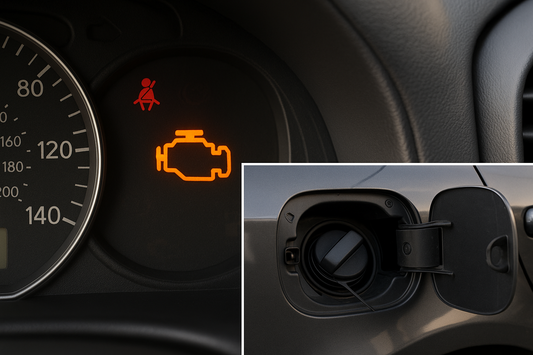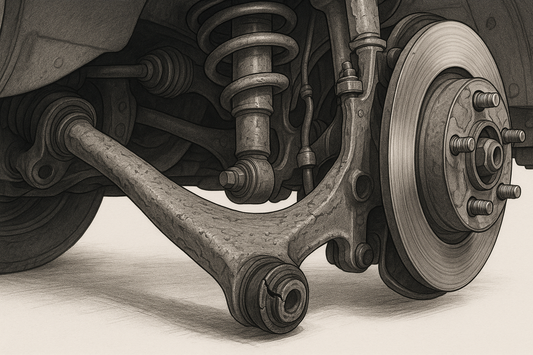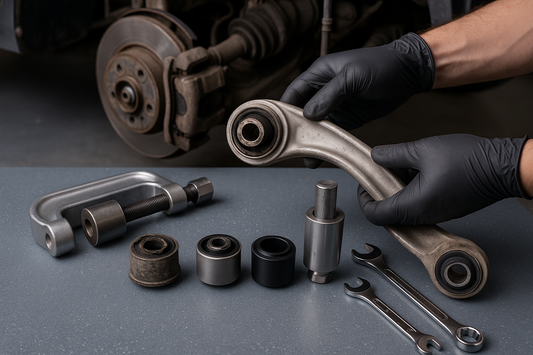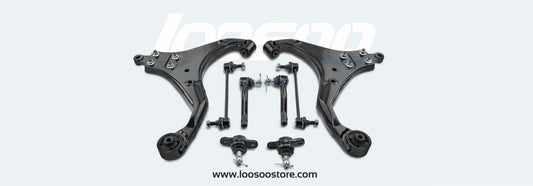Saber cuándo cambiar las pastillas de freno de tu Toyota es crucial para mantener la seguridad y el rendimiento del vehículo. En esta guía completa, exploraremos las señales, síntomas y consejos de mantenimiento que indican la necesidad de cambiar las pastillas de freno en un vehículo Toyota.
Inspección visual
Las inspecciones visuales regulares de las pastillas de freno de Toyota pueden brindar información valiosa sobre su estado. Revise los radios de la rueda para verificar el grosor de la pastilla. Si parece tener menos de 6 mm (0.6 pulgadas) de grosor, podría ser hora de reemplazarlas.
Indicadores de desgaste de las pastillas de freno
Muchos vehículos Toyota están equipados con indicadores de desgaste de las pastillas de freno. Se trata de pequeñas pestañas metálicas que emiten un chirrido agudo cuando las pastillas alcanzan cierto nivel de desgaste. Si escucha este sonido al frenar, es una clara indicación de que es necesario cambiar las pastillas.
Rendimiento de los frenos
Preste atención al rendimiento de los frenos de su Toyota. Si nota una disminución en la respuesta de frenado, una mayor distancia de frenado o una sensación de rigidez al frenar, podría ser señal de que las pastillas de freno están desgastadas y necesitan ser reemplazadas.

Kilometraje y condiciones de conducción
Aunque el kilometraje por sí solo no es un indicador definitivo, puede ofrecer una guía general sobre cuándo considerar el reemplazo de las pastillas de freno. Además, conducir con tráfico congestionado, remolcar cargas pesadas o conducir frecuentemente en montaña puede acelerar el desgaste de las pastillas de freno, lo que requiere un reemplazo más temprano.
Polvo de freno y desgaste visible
La acumulación excesiva de polvo de freno en las ruedas o el desgaste visible en las propias pastillas de freno pueden indicar que están llegando al final de su vida útil y pueden requerir reemplazo.
Al prestar atención a estas señales, síntomas y consejos de mantenimiento, los propietarios de vehículos Toyota pueden evaluar proactivamente el estado de sus pastillas de freno y determinar cuándo es momento de reemplazarlas. Reemplazarlas a tiempo es esencial para garantizar la seguridad, la fiabilidad y el rendimiento del sistema de frenos de un vehículo Toyota. Si observa alguno de estos indicadores o no está seguro del estado de sus pastillas de freno, es recomendable que las inspeccione un técnico certificado para garantizar una seguridad y un rendimiento óptimos en la carretera.










